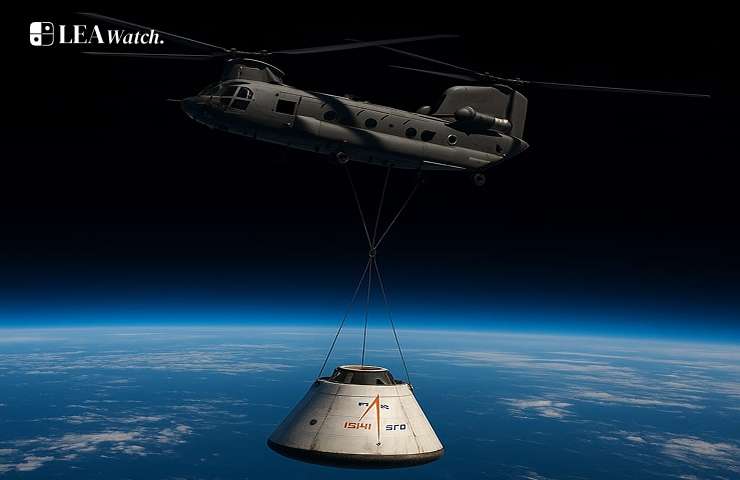India’s ambitious Gaganyaan Mission has taken a decisive leap forward with the successful test of the re-entry crew module. In a critical demonstration, a Chinook helicopter released the module from a height of 4 km, after which it splashed down safely into the sea. This test validates both the engineering precision and the safety mechanisms essential for future human spaceflight.
The re-entry phase is considered one of the most challenging parts of any crewed space mission, where heat, pressure, and stability play a vital role. By achieving a controlled splashdown, ISRO has proven its ability to ensure astronaut safety in real mission conditions.
On the international stage, this places India alongside global space powers. The United States (NASA), Russia (Roscosmos), and China (CNSA) have long demonstrated crewed missions, and India is now closing in to join this exclusive league. Unlike the Cold War-era space race, today’s progress highlights not just national pride but also opportunities in global space economy, international collaboration, and deep-space research.
Looking ahead, the Gaganyaan Mission will not only mark India’s entry into human spaceflight but also strengthen its role as a future-ready spacefaring nation contributing to exploration, security, and scientific discovery worldwide.

